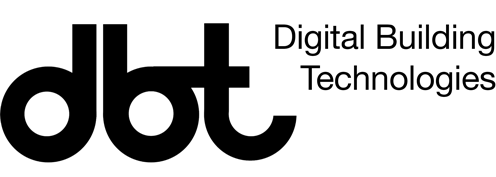Digital Metal structure is a 4 meter wide, 6 meter long and 5 meter high space frame that consists of over 200 customised joints and over 400 meters of off-shelf aluminum-profiles. It was set as an experimental project to explore the potential of 3d printing for producing sand mold to be used for casting metal parts. An ancient fabrication method, casting metal, was combined with the new technology of 3D printing allowing for new possibilities of shaping metal with the help of computational design tools into complex custom parts. The project benefits from the geometric freedom of 3d printing and the flexibility of metal casting. Shaping metal through 3d printed molds allowed the fabrication of joints with complex inner and outer features as well as highly detailed surface, which could be used as full scale building elements right away.
Specific algorithms are developed to generate the space frame structure and its joints under consideration of structural and fabrication constraints. Especially complex geometric logic of mould-making is programmed into computational tools which allow the automatic generation of parametric 3D printed individual molds. Each joint itself has its own architecture, complex topology and surface detail. The off-shelf aluminum profiles were cut through robot- human interaction.
This is the first architectural structure made of hybrid cast metal and 3d printed mold. It offers a unique way of thinking about digital tools, their implication, application and meaning for architecture and real-world projects.
The project “Digital Metal” is part of Mania Aghaei Meibodi’s research on “3D printing+” and was carried out in the Master of Advanced Studies DFAB MAS ETH DFAB.







